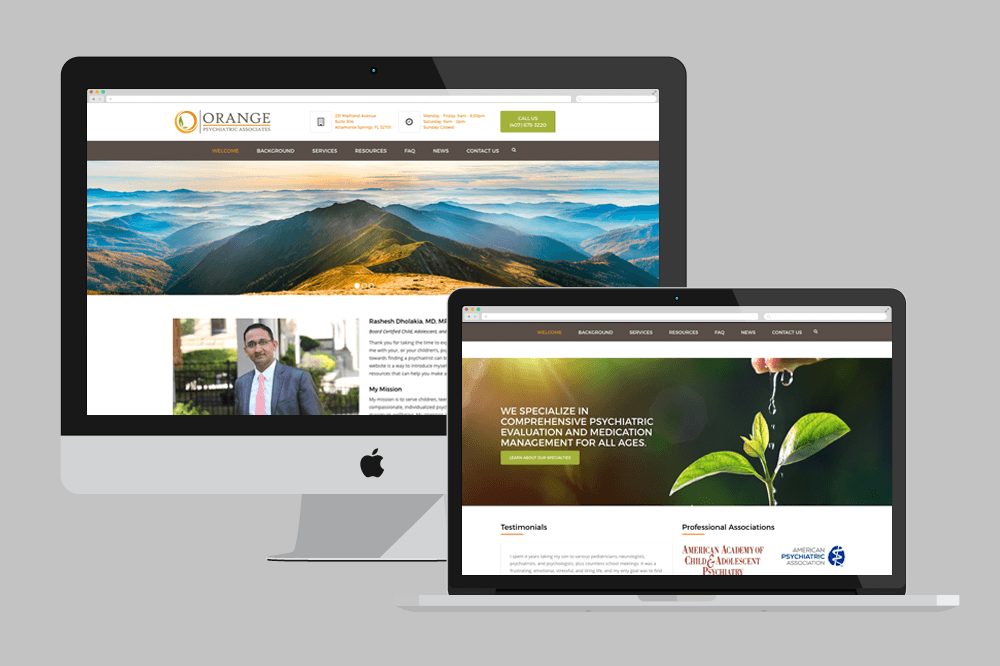Introduction
Building a successful website is more than just having an online presence. It’s a strategic process that requires careful planning, design, development, and optimization. A well-crafted website can be a powerful tool for generating leads, increasing brand awareness, and driving sales.
This comprehensive guide will walk you through the entire website development process, from initial planning to launch. We’ll cover essential topics like market research, target audience analysis, wireframing, design, development, testing, and SEO optimization.
1. Planning and Research
Understand Your Goals:
- What are your primary objectives for the website (e.g., generate leads, increase sales, enhance brand awareness)?
- How will the website contribute to your overall business strategy?
Conduct Market Research:
- Analyze your competitors’ websites to identify strengths, weaknesses, and opportunities.
- Research industry trends and best practices.
- Understand your target audience’s needs, preferences, and behaviors.
Create a Target Audience Profile:
- Define your ideal customer’s demographics, psychographics, and online behavior.
- Develop buyer personas to guide your content and messaging.
2. Wireframing and Prototyping
Wireframing:
- Create basic visual representations of your website’s layout and structure.
- Focus on functionality and information hierarchy.
- Use tools like Figma, Adobe XD, or Balsamiq to create wireframes.
Prototyping:
- Build interactive prototypes to test user flow and functionality.
- Gather feedback from potential users to identify areas for improvement.
3. Design and User Experience (UX)
Design Concepts:
- Develop design concepts that align with your brand identity and target audience.
- Consider color schemes, typography, imagery, and overall aesthetics.
User Experience (UX):
- Prioritize a seamless and intuitive user experience.
- Ensure easy navigation, clear calls to action, and fast load times.
- Conduct usability testing to identify potential pain points.
4. Development
Choose a CMS or Framework:
- Select a content management system (CMS) or web development framework that suits your needs and budget (e.g., WordPress, Drupal, React, Angular).
Develop the Website:
- Build the website’s structure, content, and functionality based on your wireframes and design concepts.
- Integrate essential features like contact forms, e-commerce capabilities, and social media integration.
Content Creation:
- Create high-quality, engaging content that resonates with your target audience.
- Optimize content for search engines (SEO) using relevant keywords and meta tags.
5. Testing and Quality Assurance
Thorough Testing:
- Test the website on different devices, browsers, and operating systems.
- Check for functionality, compatibility, and responsiveness.
- Conduct user testing to identify and address any issues.
Quality Assurance (QA):
- Ensure the website meets quality standards and is free from errors.
- Implement a QA process to identify and fix bugs before launch.
6. Search Engine Optimization (SEO)
On-Page SEO:
- Optimize website elements like title tags, meta descriptions, header tags, and image alt text.
- Use relevant keywords throughout your content.
- Create high-quality, informative content that provides value to users.
Technical SEO:
- Ensure your website is crawlable and indexable by search engines.
- Optimize website speed and performance.
- Create a mobile-friendly website.
Off-Page SEO:
- Build high-quality backlinks from reputable websites.
- Promote your website through social media and other online channels.
7. Launch and Maintenance
Launch Plan:
- Develop a launch plan that outlines key tasks and timelines.
- Coordinate with stakeholders and ensure everyone is ready for launch.
Post-Launch Optimization:
- Monitor website performance and user behavior.
- Continuously update and improve content.
- Stay up-to-date with SEO best practices and algorithm changes.
Conclusion
Building a successful website requires a well-thought-out strategy and a commitment to excellence. By following the steps outlined in this guide, you can create a website that attracts visitors, engages your audience, and achieves your business goals.
Also know Hire a Web Developer on an Hourly Basis: The Ultimate Guide









